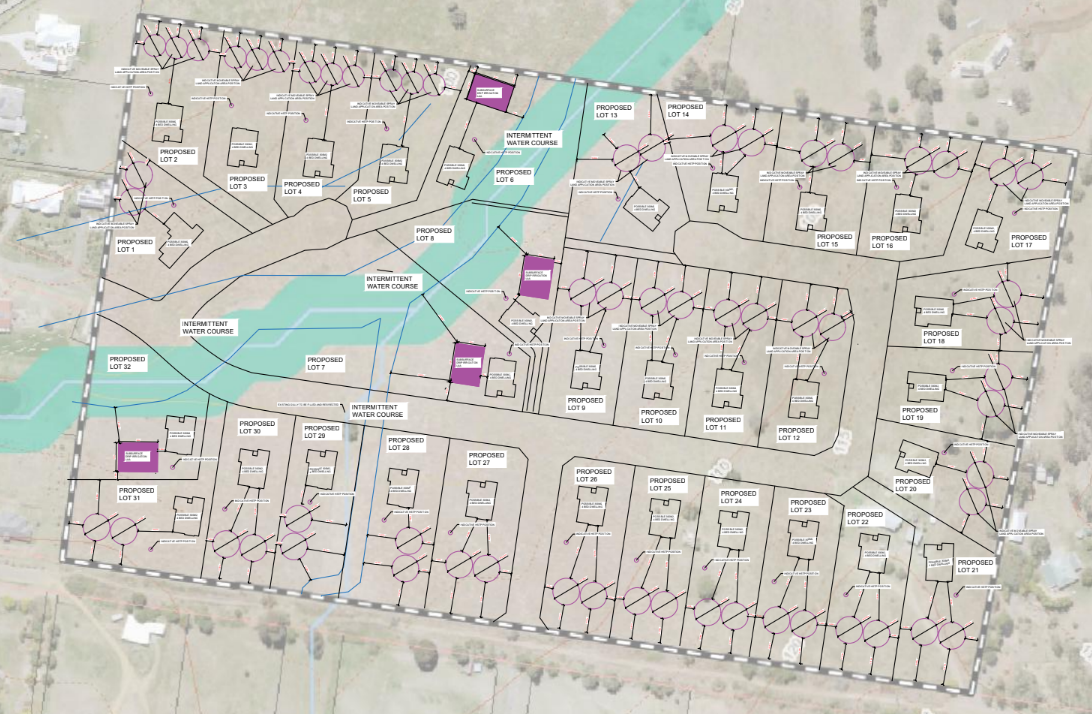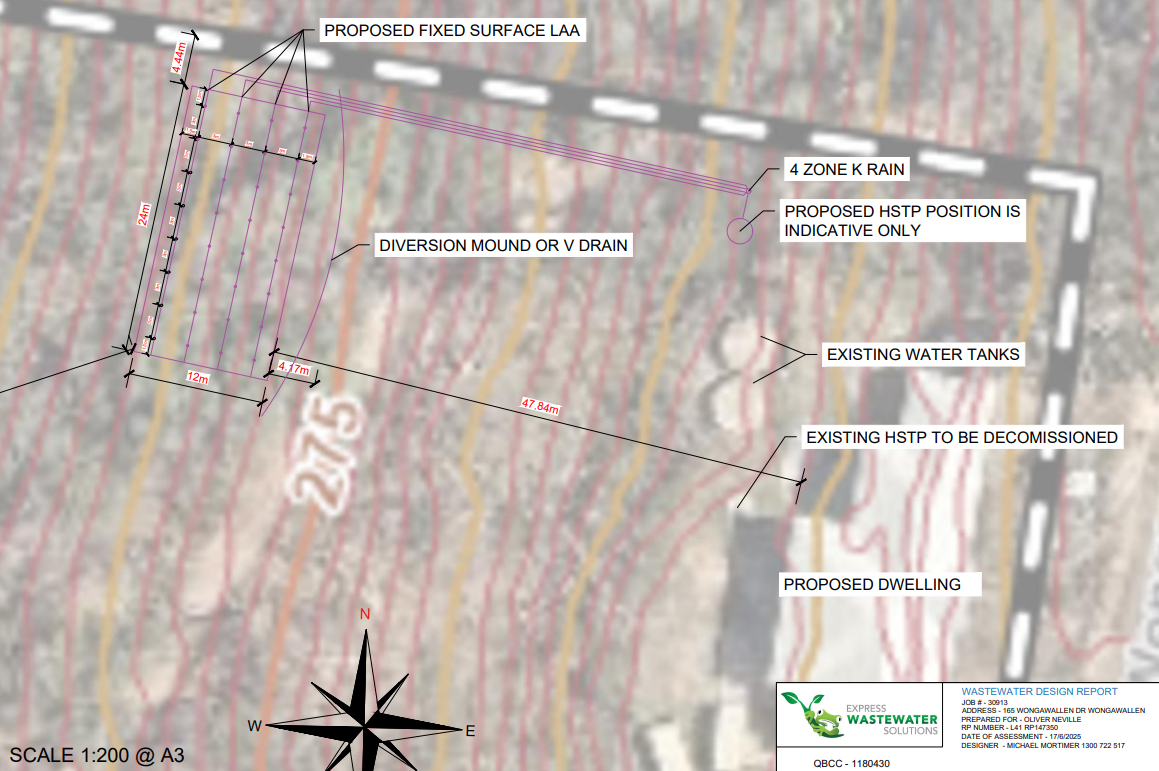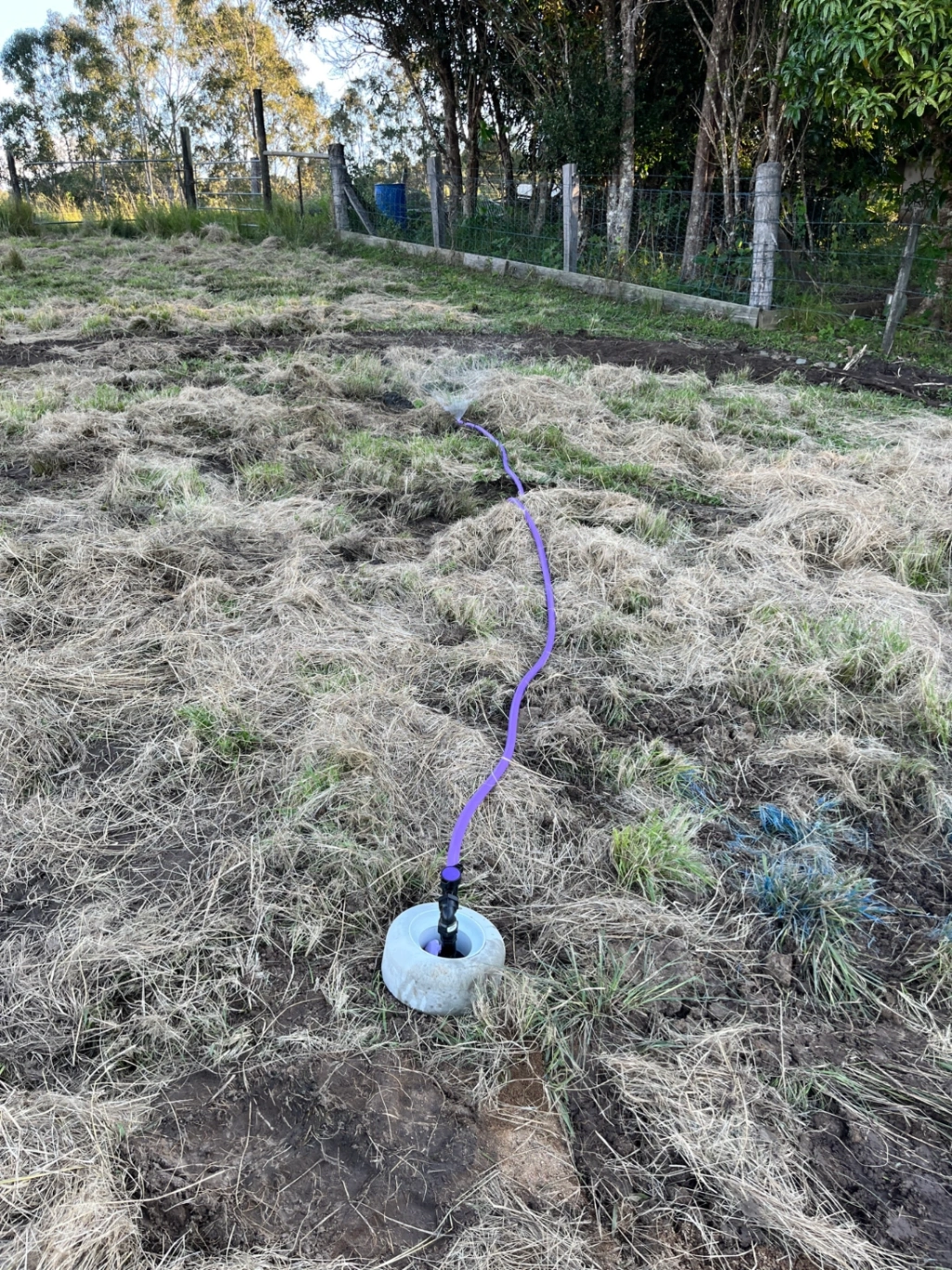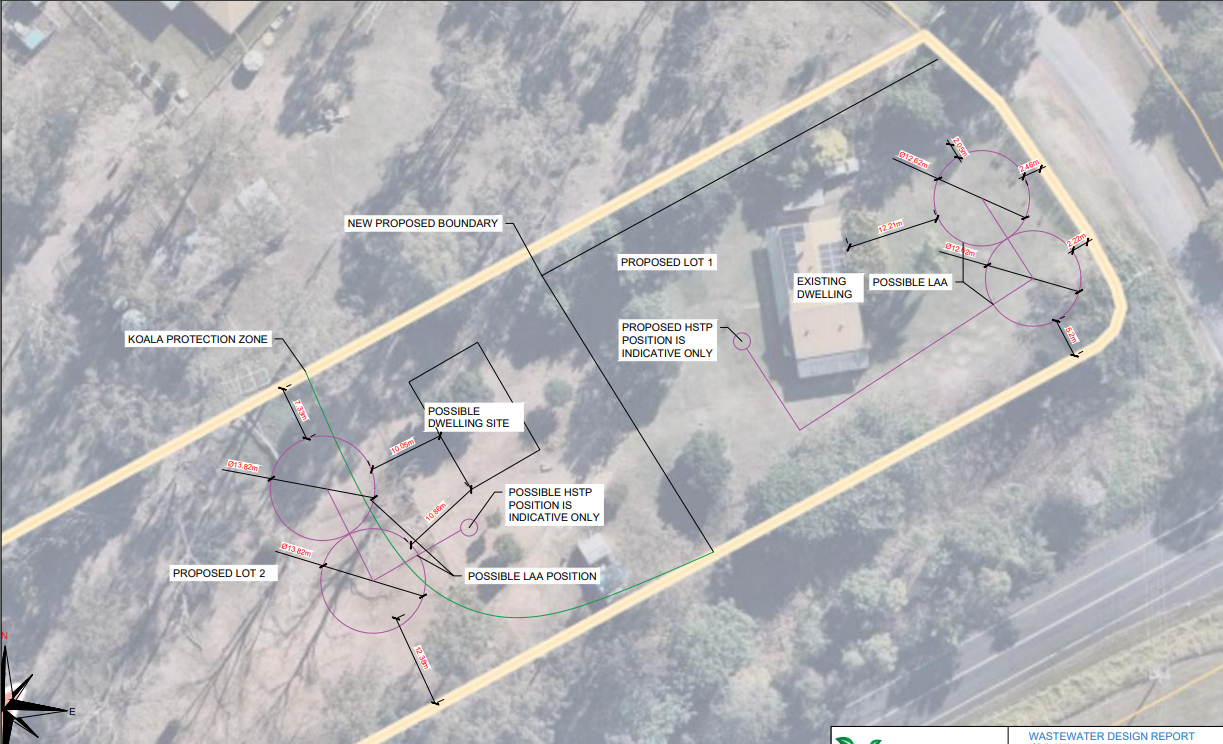Wastewater Treatment Systems
Call us at 1300 770 594 or fill out our online booking form to get in touch.
Your Local Wastewater Treatment Brisbane Specialists
Need a wastewater treatment plant for your home? If you are living in an area that is not connected to a council sewer, you need to treat the wastewater on-site. There are 3 main types of onsite wastewater solutions that we supply and install: Septic Tanks, Septic Tanks with Secondary Treatment, Sewage Treatment Systems.
We know that wastewater treatment plants can be confusing and expensive. That's why we want to make it easy for you by walking you through the process every step of the way. From design to installation, we will be there with you every step of the way. And our expert technicians will make sure that your plant is perfect for your property.
Call us today for a free 30-minute wastewater treatment phone consultation.
Book a Wastewater Treatment specialist
Call us at 1300 770 594 or fill out the form and we will get in touch with you as soon as possible.
Types of Waste Water Treatment Systems
If your property is not connected to the municipal sewage system, the treatment and disposal of the wastewater must occur on your property.
There are 3 main types of wastewater treatment systems:
-
Septic tanks
-
Septic tanks with secondary treatment
-
Sewage treatment systems
#1 Septic Tanks
Septic tanks have been a trusted form of wastewater treatment for decades, especially in rural areas. They are usually used in places where mains drainage isn’t available, and offer a more cost-effective option for most households.
The wastewater that we collect from our houses is carried through pipes to underground septic tanks. It must be ensured that these tanks are maintained properly so as to ensure proper functioning. Once the tank is filled up, sewage water comes out from it and enters the absorption trench or leach field system.
A septic tank is the most well-known component of a septic system. The process a septic tank utilises is quite simple - some of the matter (ie. grease and fats) float to the top of the tank and form a scum layer, whilst the rest of the broken down solids (sludge) sinks to the bottom of the tank.
Features:
- Septic tanks are suitable for sandy or rocky areas
- They are not suitable for blocks smaller than 8000 sq metres
- The tank needs to be desludged every 3-5 years
Find out more about septic systems - How Does A Septic Tank Work?
Septic Tank Pros and Cons
However, it’s important to be aware of the pros and cons of septic tanks before deciding whether they are the right fit for you or your property. While septic tank technology offers a simple and cost-effective way to manage waste water, they also require regular maintenance and servicing in order to ensure they are running efficiently. Additionally, there are environmental concerns regarding their use, as if a tank is not properly maintained it can cause contamination and pollution.
Septic tanks provide only primary treatment of wastewater and must be regularly pumped by a qualified wastewater specialist in order to ensure they continue to work correctly. When it comes to environmental impact, septic tanks are generally less damaging than other wastewater treatments as the solids and greases are trapped in the tank. However, if they are not maintained correctly the effluent can still be potentially hazardous to local ecosystems.

#2 Septic Tanks with Secondary Treatment
There are 2 types of Septic Tanks with Secondary Treatment:
- Septic Tanks with Sand Filters
- Advanced Enviro-Septic Systems
Septic Tanks with Sand Filters
Treat your wastewater to a higher standard with the help of a septic sand system. The sand acts as an excellent filtering agent and it is used as a secondary treatment process.
The sand septic system works like a conventional septic system. Once the water is treated in the septic tank, the effluent is distributed evenly throughout the sand bed. The effluent seeps down into the gravel and sand. Here, the effluent is treated further by microbes and sand.
Microbes in the soil absorb some of the nutrients present in the wastewater and the sand filters out the solids. The treated water is of better quality and can be reused and recycled.
Features:
- Sewage treatment systems are suitable for sandy, rocky or steep areas
- The quality of treated effluent is excellent
- Treated effluent can be used for surface or subsurface drip irrigation
- Allowed in environmentally sensitive areas
- The system would need to be serviced annually
- The tank needs to be desludged every 3-5 years
Find out more about septic sand systems - How Do Septic System Sand Filters Work?

Advanced Enviro-Septic Systems
Advanced Enviro-Septic (AES) systems are an environmentally friendly wastewater treatment option that offer reliable wastewater treatment without the needs for complicated maintenance or extensive infrastructure. AES systems are a modern secondary septic solution that treat wastewater onsite, recycling wastewater for reuse around the home or commercial property.
AES systems are designed to replace the traditional septic tank system, which requires regular pumping and maintenance, with highly efficient filtration tanks that require very little attention. AES systems incorporate a range of treatments, including mechanical, biological, and chemical, to effectively reduce all waste water contaminants while producing clean water suitable for use.
AES systems have been found to be an efficient and cost-effective way to reduce the risk of wastewater pollution, reducing the amount of solid waste that would otherwise end up in our waterways.
Features:
- Operate without electricity, pumps or mechanical parts, making them energy-efficient and low-maintenance
- Wastewater is treated through natural processes, reducing contaminants and pollutants
- Various modular configurations, making them suitable for different property sizes
- Combination of anaerobic, aerobic and passive treatment processes to break down organic matter and remove pathogens
- Decades long lifespan due to their simple design and reliance on natural processes
- Address nitrogen removal from wastewater, helping to prevent nutrient pollution in water bodies
- Lower operating costs
- AES systems typically involve less excavation and disruption to the landscape compared to traditional septic systems
Express Wastewater provides design and installation of Advanced Enviro-Septic Systems. We've been helping Queenslanders purify wastewater for years and we can help you too! Working with you from planning to installation; we will make sure your Advanced Enviro-Septic meets your needs.
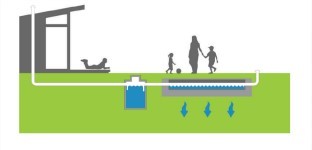
#3 Sewage Treatment Systems
Sewage treatment systems, also known as wastewater treatment plants, are designed to effectively and safely treat and purify sewage and wastewater before it's released into the environment.
A sewage treatment plant treats water by both primary and secondary treatment methods. They utilise secondary treatment methods including aeration, clarification and disinfection to treat the water to a higher standard. The treated water can be used in gardens and lawns.
Features:
- Sewage treatment systems are suitable for sandy, rocky or steep areas
- The quality of treated effluent is excellent
- Treated effluent can be used for surface or subsurface drip irrigation
- Allowed in environmentally sensitive areas or areas with a high water table
- Allowed in commercial properties
- The system would need to be serviced quarterly
- The tank needs to be desludged every 3-5 years
Find out more about home sewage systems - How do a Home Sewage Treatment Plants work?

Design & Installation of Wastewater Treatment Plants Brisbane
When it comes to wastewater treatment plants, there's no best system, only the system that works best for you and your property. Our expert technicians will assess your property and make recommendations that suit your wastewater requirements and budget.
A detailed quote will be prepared for your project and once you are satisfied we will design the system. The wastewater design will be submitted to the local council for approval and once received the wastewater treatment plant installation project will get underway.
Find out more about our wastewater design services - Wastewater Design
Wastewater Treatment Systems - Maintenance and Repairs
Does your wastewater system need repairs? We know that wastewater systems can be a headache to deal with, which is why we offer repairs and maintenance for all types of wastewater treatment systems. You deserve the best service possible, and that's what we aim to provide. Our expert technicians are available 24/7 to help you with whatever you need.
Home Waste Water Treatment Process Specialists Brisbane
For more information on home wastewater treatment systems, contact us today at 1300 770 594 or complete our online booking form and we will be happy to help.
